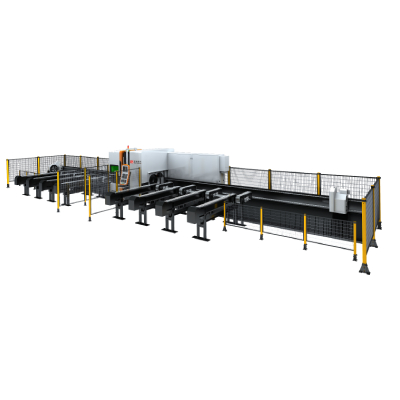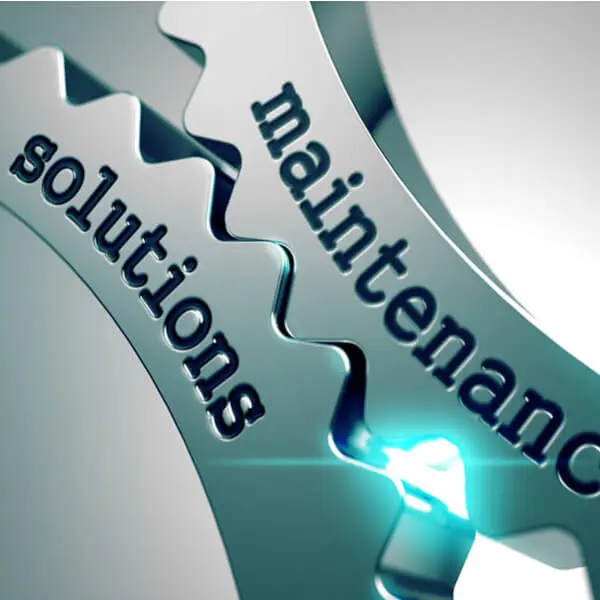In the fast-evolving world of manufacturing and metalworking, the importance of precision, efficiency, and quality cannot be overstated. Among the various tools that contribute to this goal, the iron cutting machine stands out as a vital asset in industries ranging from construction to automotive, aerospace, and beyond. These machines not only enhance the speed of production but also improve the accuracy of cuts, leading to significantly reduced waste and cost savings. In this article, we will explore the significance of iron cutting machines, the different types available, and why investing in such technology is a game-changer for modern manufacturing.
Evolution of Iron Cutting Technology
Iron cutting technology has come a long way since the days of manual saws and chisels. The introduction of electric cutting machines marked a revolution in how metals were processed. Today’s iron cutting machines are equipped with advanced features, including CNC (Computer Numerical Control) capabilities, which allow for intricate programming and automated workflows. This transition has not only increased the speed of production but also enhanced the quality of the final product.
Types of Iron Cutting Machines

Revolutionizing Metal Fabrication: The Importance and Benefits of Modern Iron Cutting Machines in Industrial Applications
Several types of iron cutting machines cater to different industrial needs, and understanding these can aid businesses in selecting the right tool for their operations.
1. **Band Saws**: These machines use a long blade composed of welded metal bands. They are known for their ability to make curved and straight cuts on thick iron pieces. Band saws are particularly favored in metalworking for their versatility and capacity for precision.
2. **Plasma Cutters**: Utilizing a high-velocity jet of ionized gas, plasma cutters can slice through thick iron with impressive speed and accuracy. They are ideal for intricate designs and can handle various thickness levels.
3. **Oxy-Fuel Cutters**: These machines use a combination of oxygen and fuel gas to generate high temperatures, melting through iron. They are particularly effective for cutting thicker materials and for large-scale industrial applications.
4. **Water Jet Cutters**: By using a mix of water and abrasive material accelerated at high pressure, water jet cutters can efficiently cut iron without heating it, which prevents warping. This technology is crucial for applications requiring high precision.
Benefits of Using an Iron Cutting Machine
Investing in an iron cutting machine yields numerous benefits for manufacturers:
– **Increased Efficiency**: Automated iron cutting machines operate faster than manual cutting processes, allowing for more parts to be produced in less time. This efficiency translates to reduced lead times for projects and enhanced productivity overall.

Revolutionizing Metal Fabrication: The Importance and Benefits of Modern Iron Cutting Machines in Industrial Applications
– **Precision and Consistency**: Advanced machines provide uniform cuts with minimal variations. This consistency is essential in industries where every piece must fit perfectly, like in construction or when assembling machinery.
– **Reduced Waste**: With precise cutting comes less material wastage. Businesses can optimize the use of their iron resources, leading to cost savings and a more sustainable production approach.

Revolutionizing Metal Fabrication: The Importance and Benefits of Modern Iron Cutting Machines in Industrial Applications
– **Versatility**: Modern iron cutting machines can handle a variety of materials and thicknesses, making them adaptable to different projects. This multifaceted usability prevents the need for multiple cutting tools and simplifies workflows.
– **Safety**: Automated machines reduce the risk of injuries that come with manual cutting methods. Operators can oversee processes from a safe distance, relying on advanced technology to perform the heavy lifting.
Conclusion
The iron cutting machine is an indispensable component of modern metalworking enterprises. Its evolution from basic manual tools to advanced automated systems reflects the changing needs of the manufacturing industry. By understanding the various types of iron cutting machines available and their significant benefits, businesses can not only enhance their operational efficiency but also ensure the highest quality in their products. As industries continue to innovate and adopt new technologies, investing in robust iron cutting machines will undoubtedly be a strategic move towards achieving greater success in a competitive market. Laser Cutting Machine Metal
